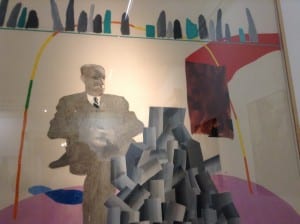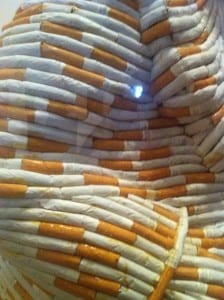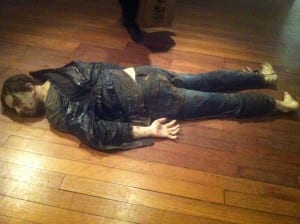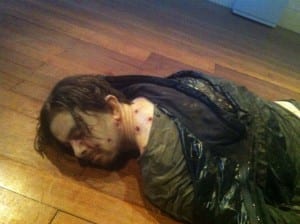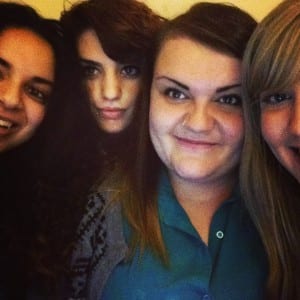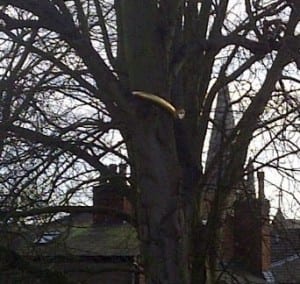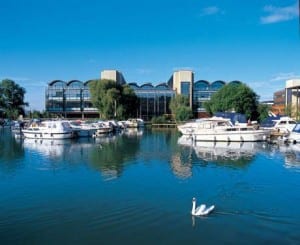5th feb
This was the week in which we decided to really try and focus on what our objectives were as a group in order to begin to build a foundation for our performance.
Here’s what our initial idea was:
Our aim is to take an interesting space created by architectural structure and explore the way in which we may turn it in to something passers-by will notice. We want to look at the concealed areas around the museum and expose them. Our aim is to make places that would usually be passed by noticed by the public.
Aim: Make the Audience pay Attention to details!
THEMES FOR OUR PERFORMANCE
Consciousness
EXPOSURE
Make the audience KNOW what our aim is
Obscure view of the gallery itself
METHODS IN ORDER TO ACHIEVE CLEAR OVERVIEW:
TALK TO STAFF
Everyday staff, ask for their view
FIND MORE SPACES
OUTCOME:
We managed to use our time asking the members of staff around the collection
– Did your perception of the building change as you began to see it on a daily basis?
‘Yes, everyday when you come in you notice something slightly different with the space around you as there are frequent changes in the art found in the gallery. I guess that has a lot to do with some ones perception as each piece of art can be seen as changing the space in which it inhabits.’
– What is the most interesting space in the building
‘I don’t know if you’ve noticed the way in which the cathedral is framed in the entrance hall. It is almost breath taking, although I do worry sometimes it goes to waste as people walk past and don’t seem to look up and notice it. In my opinion, the window itself is a work of art.’
– Which piece of art draws the most attention?
‘Generally, the more contemporary art, for example the stuffed tights and the gnome made out of cigarettes seem to attract the most attention as people see its obscurity and are forced to ask the question, is this art?’
– What is the most drastic reaction someone has had to a work of art?
‘On a day to day basis, there aren’t usually any reactions that are out of the ordinary as it is always interesting to hear people’s views, but recently we have had an installation put in place in the usher gallery which depicts the body of an artist as a dead man, lying face down on the gallery floor. Last week some time, a visitor came across the installation and fainted due to its incredible life-like features.’
^ Not for the faint-hearted!
I found it helpful to talk to the staff as it was useful to have an insight in to the way in which becoming familiar with a space may alter someone’s perception.
Author: Ellie Henshaw
Word Count: 447
